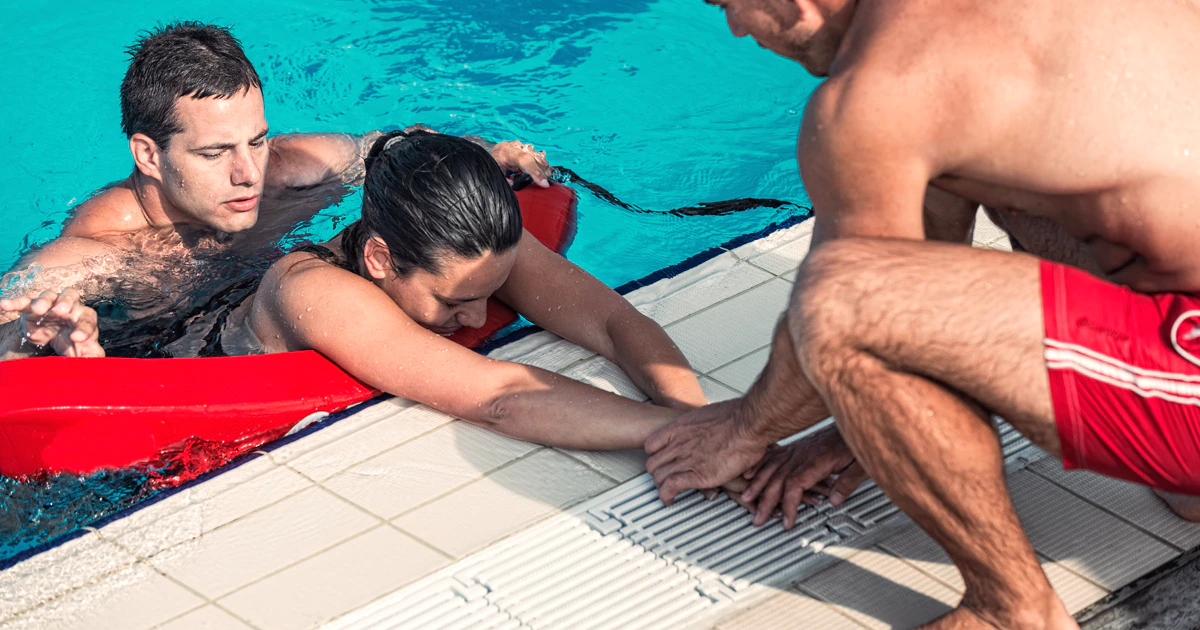A good lifeguard training program includes practical applications, techniques, educational information, supervision, and drills. The curriculum should include lifeguard certification, lifesaving techniques for both children and adults, the basics of first aid, CPR (Cardio Pulmonary Resuscitation), how to administer oxygen, and other water safety basics. It also should cover topics such as emergency medical aid, cold temperatures lifeguard training, water park lifeguard training, and other water safety basics. Finally, it should provide information on subjects such as first aid, CPR, Oxygen administration, and water park lifeguard training.

To be a lifeguard, one must pass the PADI or the American Red Cross Professional Lifeguard Training. Applicants must first complete the basic swimming skills course. This course covers swimming instruction from pediatric to advanced adult and is designed to develop the lifeguard’s physical abilities and swim competencies needed for this job. To be eligible for this training, applicants must also have passed a high school or GED equivalent. Then, they must pass the swimming test, which is given after completing high school. One year and a half course work and classroom studies are required before an applicant can take the exam for the profession.
After getting lifeguard training, one needs to successfully complete the necessary practical and written exams. To do this, applicants need to pass the relevant tests for the United States Commission for Tourism, Bureau of Land Management, National Park Service, and National Coast Guard. Furthermore, to be able to apply for jobs in lifeguardship, one must successfully complete all requirements for certification. These include background check, examinations and background verification, CPR certification, lifesaving techniques and skills, as well as psychological and physical assessments.
Lifeguard training offers many benefits to lifeguards. Aside, from gaining work experience and earning a living, lifeguard training will equip lifeguards with the appropriate knowledge and skills to respond in emergency situations. Also, lifeguards have the option to continue their education by taking further courses that will enhance their job duties. By simply completing the coursework, lifeguards are awarded their lifeguiding certification and can now work in different institutions such as theme parks, hotels, health clubs and others.
A lifeguard training program lasts for only two weeks. Most lifeguards who begin their career right away to obtain a certificate. For more advanced lifeguards, who may have more experience in rescuing drowning victims, they are awarded a lifeguard instructor certification. This certification enables lifeguards to conduct rescues even more effectively. In addition to providing lifeguard training programs, some lifeguard companies offer other courses such as search and rescue, wilderness first aid and CPR. As of the present time, more lifeguards are learning CPR in order to perform their duties in emergency situations.
In addition to training, lifeguards are also required to carry out water rescue operations. Usually, lifeguards are dispatched to pools at sundown when the lifeguard watch has ended. However, some pools require lifeguards to be on duty at all times because of accidents and natural disasters. The need for lifeguards is so great that whenever there is a major disaster or emergency, local and state governments send lifeguards to the affected areas.

